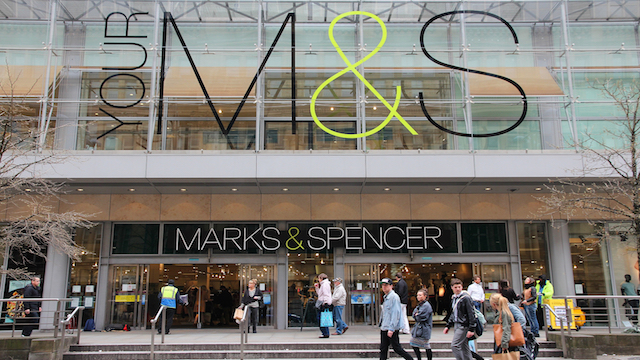Group sales at M&S rose 1.3 per cent in the first quarter of the 2017 financial year.
The UK-headquartered international department store retailer’s food division continued to prop up the business, combined with an improvement in its international business with sales up 6.1 per cent in actual currency (up 0. Per cent in constant currency).
CEO Steve Rowe has attributed its poor performance in clothing and home to a reduction in promotional activity, lower prices and moving its end of season summer sale back by two weeks to July 5, 2016.
Since January M&S has repriced approximately 1000 lines to ensure it is offering shoppers greater value and remaining competitive. While this strategy, alongside limiting short term promotional activity, will start to resonate with shoppers and make them more confident about purchasing items at full price, it will take time to educate shoppers – particularly those that have deserted the retailer over the last five years.
Moreover, lowering prices will become harder over the next 18 months as inflationary pressures will rise following Brexit. It will be difficult for M&S to absorb these costs and maintain its new price strategy, so we expect its price architecture to stretch higher so it can pass higher costs onto the shopper via its better and best proposition – especially since there will be little flexibility in the supply chain, with the retailer having already made cut backs, worked with suppliers to reduce prices and absorbed the rise in national living wage costs.
Reducing the number of ‘cyber days’ to one, from six last year, has had a significant negative impact on its online performance. However, given the level of investment made to secure the channel for future growth, in terms of the platform, warehouse and logistics, online must start to deliver sustainable, reliable growth and reduce its reliance on cut prices to drive traffic and conversion levels.
- Honor Strachan is lead analyst at Verdict Retail.






